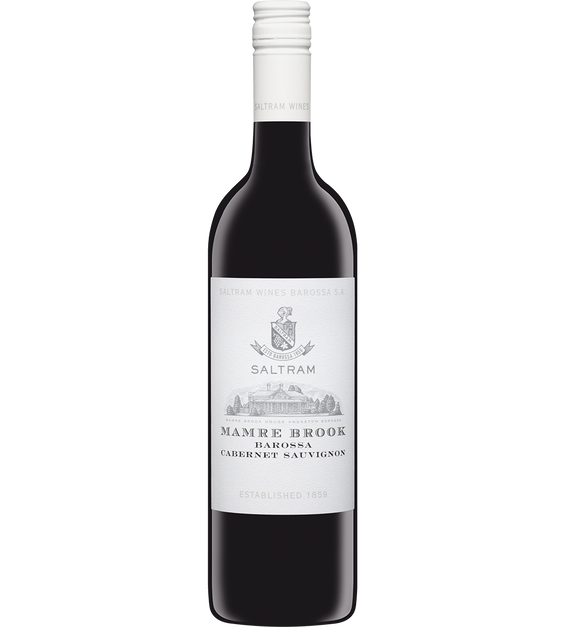You confirm you are aged 18 years or over, are of legal drinking age and that any purchases you make will be for personal use only. By selecting the “Remember Me” option, you consent to us using cookies to remember the validation of your year of birth. See our Privacy Policy for information on how TWE handles your personal information.
Mamre Brook Barossa Cabernet Sauvignon 2017
Mamre Brook Barossa Cabernet Sauvignon 2017
Overview
Overview
No history of the Barossa Valley or the Australian wine industry is complete without the mention of Saltram. Established in 1859 by William Salter & Sons, Saltram wines have a proud history of more than 160 years for quality winemaking, innovation and a commitment to the Barossa region. An immigrant from England, William Salter was one of the first people to purchase land in the newly opened land survey known as the Barossa Valley. He then built a stone house for his family, naming it ‘Mamre Brook’ which still stands today at Saltram.
Saltram wines have long been known for their richness, intensity and character: this wine delivers on these attributes while reflecting and paying tribute to their origins.
| Varietal | Cabernet Sauvignon |
|---|---|
| Vintage | 2017 |
| Country | Australia |
| Region | Barossa |
| Volume | 750 mL |
| Closure | Screw Cap |
| Alc/Vol | 14.5% |
| Peak Drinking | Now - 2029 |
| Winemaker | Shavaughn Wells |
Taste Description
Taste Description
Nose
Complex layered wine, brimming with notes of fresh black currants, and dark chocolate. Undertones of cassis, dried spices and tobacco leaf combine with subtle oak nuances.
Awards and Accolades
Awards and Accolades
| Trophy (Wine of Provenance) | 2024 Barossa Wine Show |
Viticulture
Viticulture
VINTAGE CONDITIONS
The 2016/17 growing seasoned commenced with cooler than average conditions through spring into early summer, resulting in good set and flowering conditions. Regular rain events and cooler conditions throughout the growing season resulted in a later harvest. These ideal milder conditions saw the grape phenology mature in line with sugars levels, producing exceptional full flavoured wines which retained their natural acidity.
